The De Fereby Grammar School Story
(the town is basically one long street with a few side streets)
It was a time of turbulence in the first part of the 15th century. And history now tells us that this period ended the House of Lancaster. The power of the purse in those days created opportunities for advancement in society through the receiving of royal titles and favors.
(Original covered market place)
In short, or you belonged to the aristocracy aligned with the court, who would grant land ownership and or income producing titles, or you were a citizen minding your own business trying to avoid conscription in the armies needed to continue the 100 year war with France. (By the way that was the same war where Jeanne D'Arc successfully turned the losing French army into the eventually winning army)
(The most imposing manor on Main Street)
And then there was that small segment of society that provided the court at large with goods and services and sometimes loans to help finance the costly wars or give credit for purchase of cloth, furnishings, lavish parties that were needed to keep the kingdom in good standing with Dukes, Earls and Viscounts, who otherwise might change allegiance and plot to overthrow the throne. The Tower of London had a brisk business in beheadings and the lore of those days gave Shakespeare a trove of ideas for his famous plays.
(Stratford on Avon a few miles north has this Shakespeare statue)
It was in that vein, that a man with no history of privileged lineage shows up in the records around 1406 as being given the title of Clerk to the Royal Household of then King Henry IV. However his father had served in the courts of two preceding kings in a like position. He is listed as Keeper of the Royal Wardrobe under King Edward III.
(Chipping Camden has uniform colors and building style)
Yes you read that right, the Ferebee clan, we now know, that John "De Fereby" (a new element in the naming - not Fereby but De Fereby) was born in 1360 and had a son by his first wife Agnes in 1380, who became Sir John Fereby. Sir John Fereby (the "De" is now dropped) has offspring and was married to an Alice and lived till November 1454.
(Some buildings seem uninhabited, but in reasonable condition)
Agnes died in 1419. And in 1420 our John marries, as was not uncommon in those days, a child wife Margery (the Chippingham records guess her to be 13 and upwards).
(These pictures could be headmasters)
John De Fereby served very successfully under both King Henry IV, V and VI and died in 1441 at the ripe age of 81. (Source: the family tree of the Hougham/Huffam ancestry line. This information has been forwarded to the historical society in the hope that they will professionally dig deeper in this trove of data to uncover more about John DE Fereby)
(Another more recent head master picture - all in the hallway to the now apartments)
Where my worry throughout my research into the family line had always been a male succession, the fact that the first marriage bore a son that rose to aristocracy and had a wife Alice who bore him 6 children, of which the records show that one of those children, Thomas Fereby, is known to be married to another Agnes, who bore him 8 children. So I am now assured that the Fereby family in the Cotswolds successfully multiplied into the next 16th century and beyond, living through politically turbulent times into the century where in 1660 John Ferebee came over to Virginia (see aunt Ginny's section 1 story in her book: Ferebee Family)
But just as aunt Ginny cautions, a lot more digging needs to be done to ascertain that the above described lineage connects to our John Ferebee.
It was fun to dig deeper into the Fereby stories found in the school records about John the benefactor and grantor of the Grammar School in Chipping Camden. For those of you that want to find all the details that I was able to read, please visit the historical society webpage and search for a 1911 article by Percy C Rushen: Chipping Camden Grammar School. This is the only real source that the historical society has about John and his career.
Here we also read how Sir Baptist Hicks got involved in rescuing the school from closing down, to endowing it with a new two story school building built around 1628 with the proceeds of a lawsuit obtained from the former trustees, who in the preceding centuries had gradually enriched themselves by skimming the rents paid from the proceeds of the two farms that John De Fereby had endowed to the school in perpetuity, of which in 1427 a salary to the headmaster and only teacher in the amount of £13 6s and 8 pence was paid. Before 1628 the school had no building and only one teacher salary was paid each year. So where the actual teaching was done is not known.
At the time that Hicks and other notables of the city sued the trustees around 1626 the fee for the salary was still the same. The obvious overage had been "contractually" arranged giving certain party or parties for example a 100 year lease of the freehold with the endowment annually payable to the school and separately paying the trustees a stipulated fee for the privilege.
So in successfully, by court decision, replacing the trustee families to Hicks and other city notables, the school was built from the proceeds of the court decision. By the way Sir Baptist Hicks was named to be the second richest man in his lifetime out of 250 men and women researched since 1066 in England. His value would be today's £'s 9.2 billion. So it is almost certain that he generously contributed to the school in his days.
(View of walled Hicks estate, now housing a museum)
The historical society is coming around on the idea that the bust in the dining hall of the school could be Hicks. When I pointed out, that the Latin text indicated that the man portrayed in the bust was maligned and therefore could obviously not be the praised by all, Sir Baptist Hicks, they took a few months, but then replied to me that: "a closer look at the translation refers to Fereby rather than to Hicks". So let's celebrate that that issue has been resolved.
For those that do not have access to the Ferebee book, let me post the translation below the bust here:
"We do not deem this marble worthy thee, though Parian 'twer or Indian Ivory; A golden figure should this niche have graced, had craft and rapine (the ferebee book has incorrectly the word "repine") spared their cruel waste. The foul slanders made will shortly leave your name and flourishing praise declare expiation of your fame."
The "foul slanders" statement could be traced back to the fact that between 1461 and 1471 during the War of the Roses, the House of Tudor took control and ended the House of Lancaster for good. That generally meant that all supporters of the House of Lancaster lost their properties and titles and were officially maligned and/or executed. (But this is pure speculation on my behalf)
All in all I want to end with another speculation. And that is, that John Ferebee coming to Virginia and being listed in the records as such and having an important career as surveyor as well as the fact that he was granted thousands of acres here, indicate that he came from a well to do family in England, which bodes well for an eventual linking of the family trees in England to the tree in Virginia.

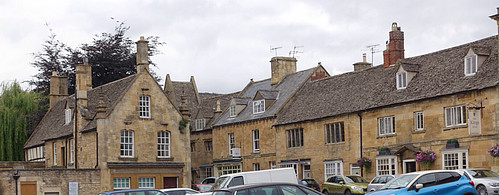

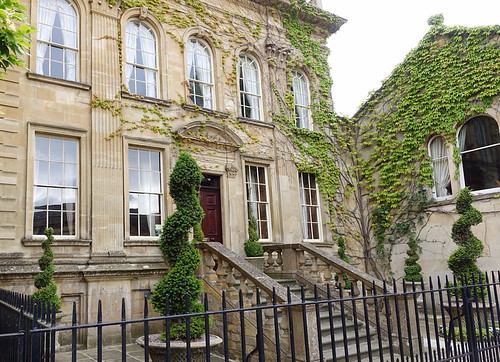

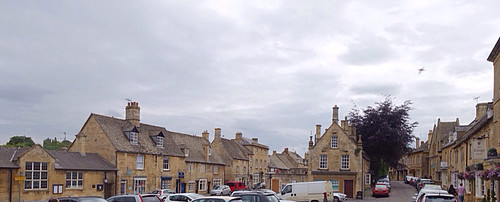
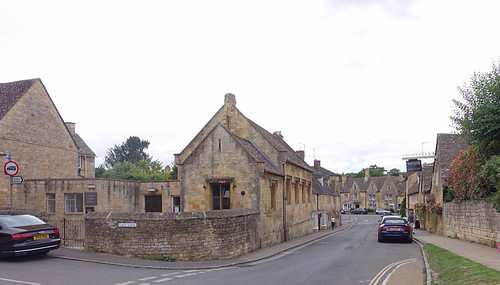
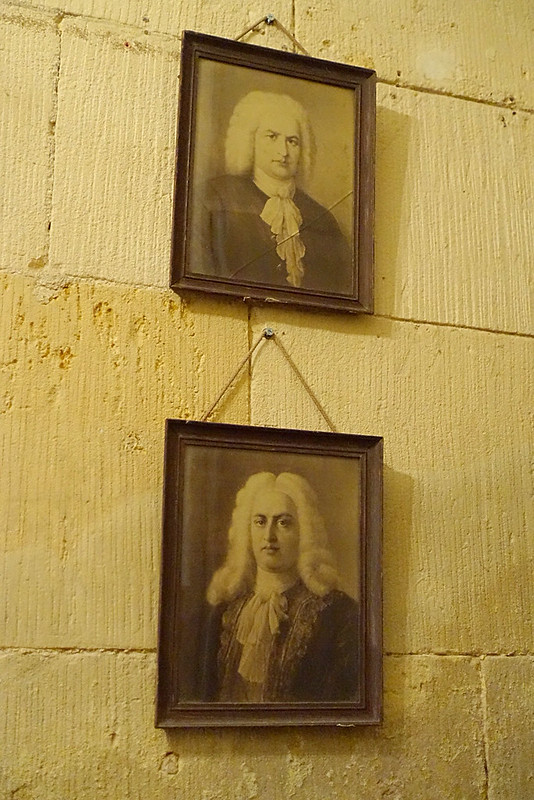
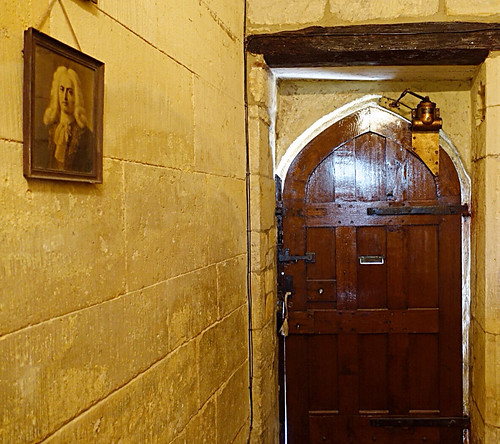

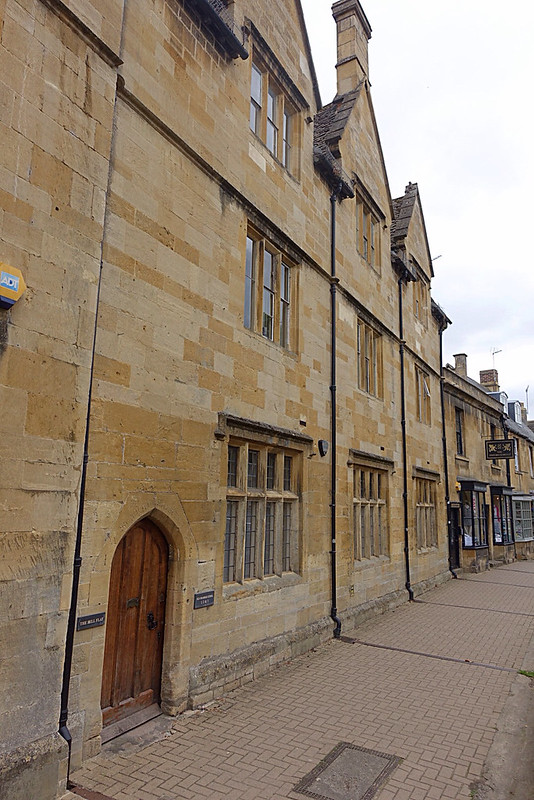
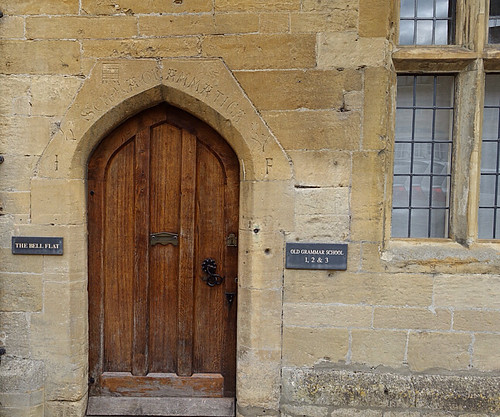
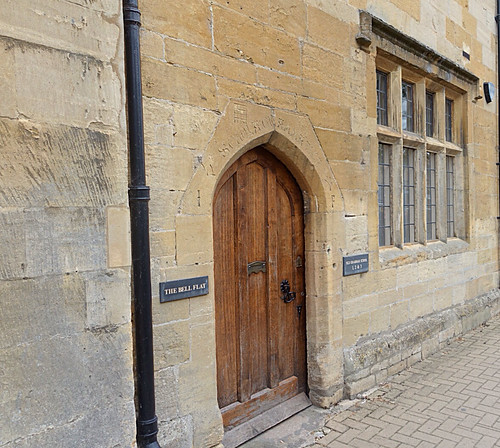

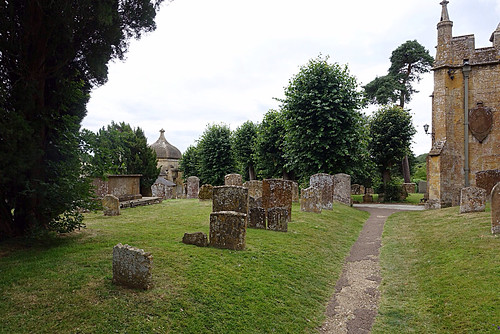
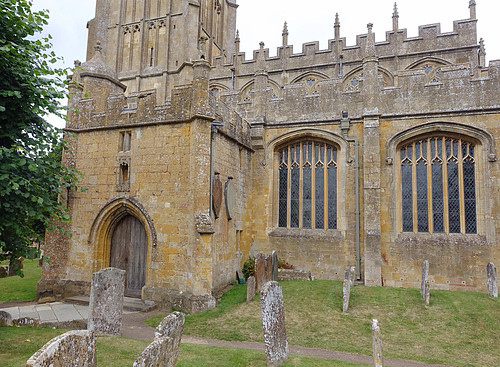



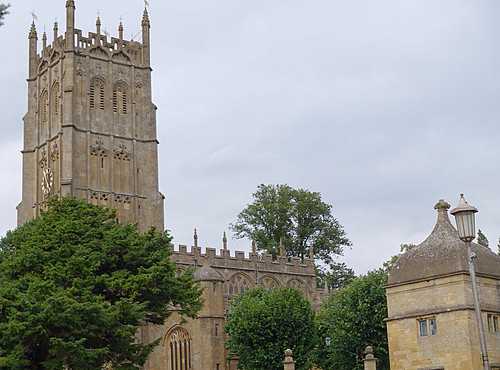
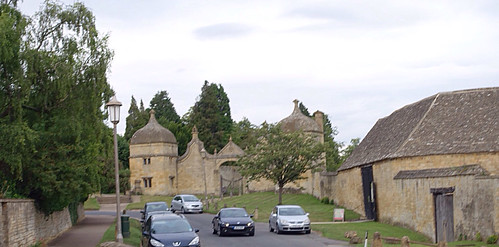
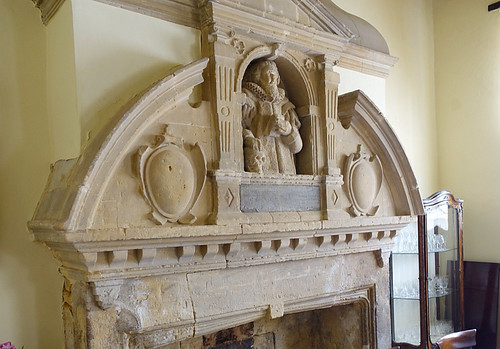
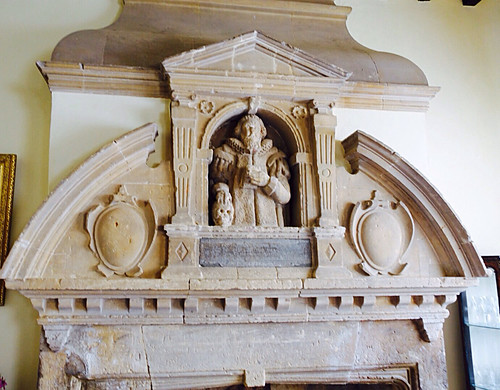
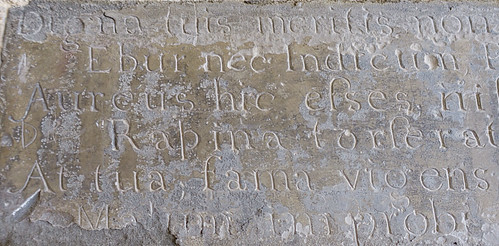
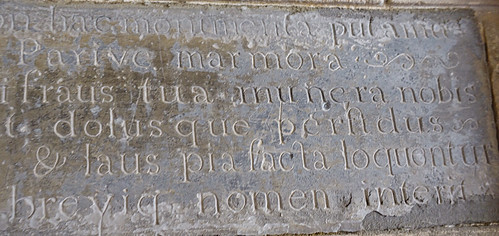

Hello, I was interested to find your blog as I am a Campdonian who went to the Grammar School and was in Fereby House (I don't know if you have school 'houses' in the US and I don't know how to describe them!). Anyway, I was actually searching for a recent photograph of the monument to Fereby and that's how I came across your blog. I am currently transcribing the Accounts for the "School and Poore of Chipping Campden" and found a reference to a payment made to the mason, Nathaniel Evans, for making the monument and the inscription (which was written by the schoolmaster, Mr Edwards). Anyway, if you go to the Chipping Campden History Society website, you'll find the transcriptions of the accounts. By the way please note that 'Campden' has a very important 'p' in it !!
ReplyDelete